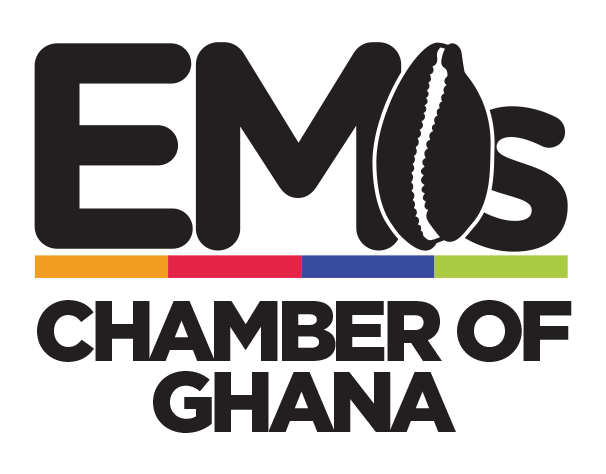The Burkinabe government has decided to allocate the 3600-3800 MHz frequency band to the mobile service. This is one of the new features of the National Frequency Band Allocation Plan (PNAF) updated by decree in the Council of Ministers on Thursday, January 9. According to the Electronic Communications and Postal Regulatory Authority (ARCEP), this paves the way for 5G and next-generation services.
The 3600-3800 MHz band is part of the 3.5 GHz band (3300 MHz to 4200 MHz) which is the preferred option for 5G deployments worldwide according to the Global Association of Telephone Operators (GSMA). “Its ability to provide both coverage and capacity, combined with good spectrum availability, makes it an ideal band for 5G. The prioritisation of a particular band is also resulting in a rapidly developing ecosystem, with the launch of increasingly affordable devices,” the organisation said.
The deployment of 5G could support the Burkinabe government’s digital transformation ambitions. In a study published in 2021, the American technology company Dell Technologies already explained that 5G guarantees transmission speeds up to 100 times faster than 4G or previous networks, as well as reduced latencies and an unprecedented level of network capacities. This technology will pave the way for even more advanced and innovative applications, enabling increased connectivity in real time and at any time, thus facilitating the digital transformation of various sectors.
It is important to note that Burkina Faso has only identified the spectrum needed for the deployment of 5G. No specific information has yet been communicated on a roadmap for the commercial deployment of this cutting-edge technology in the country. According to a generic approach defined by the GSMA, the next steps include the release of spectrum, the definition of technical conditions and restrictions, the valuation of spectrum, the planning of the process of awarding licenses to telecom operators and the actual award of licenses.
According to the International Telecommunication Union (ITU), 2G, 3G and 4G networks cover 92.6%, 53.2% and 36.6% of the population respectively. Furthermore, the basic cost of deploying 5G is estimated at between $3 billion and $8 billion in a country, according to a 2022 study by Ericsson. The Swedish company estimates that an additional investment of 20 to 35% is needed afterwards to generalise network coverage.
Source: Extensia.tech





